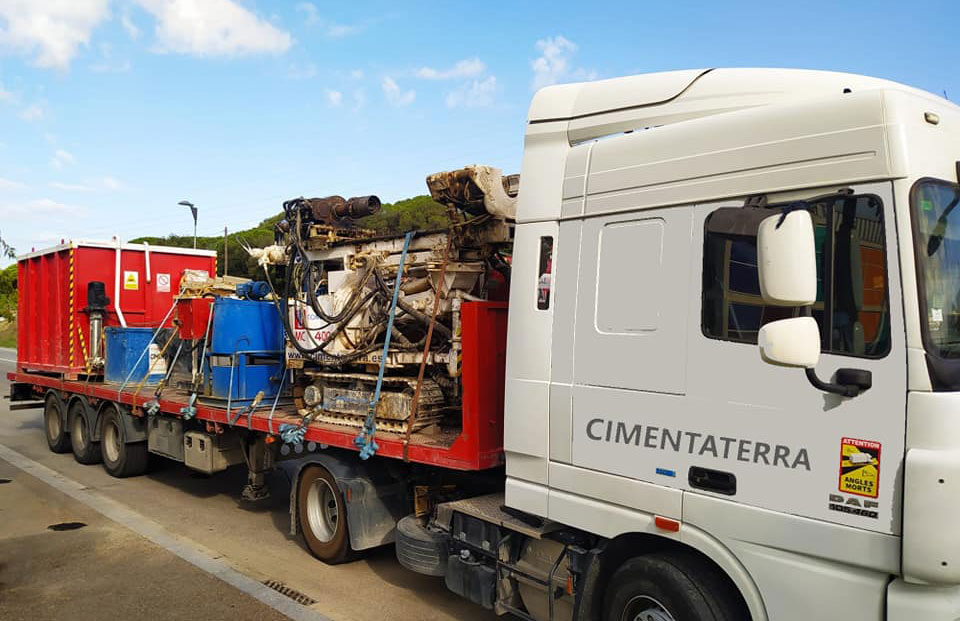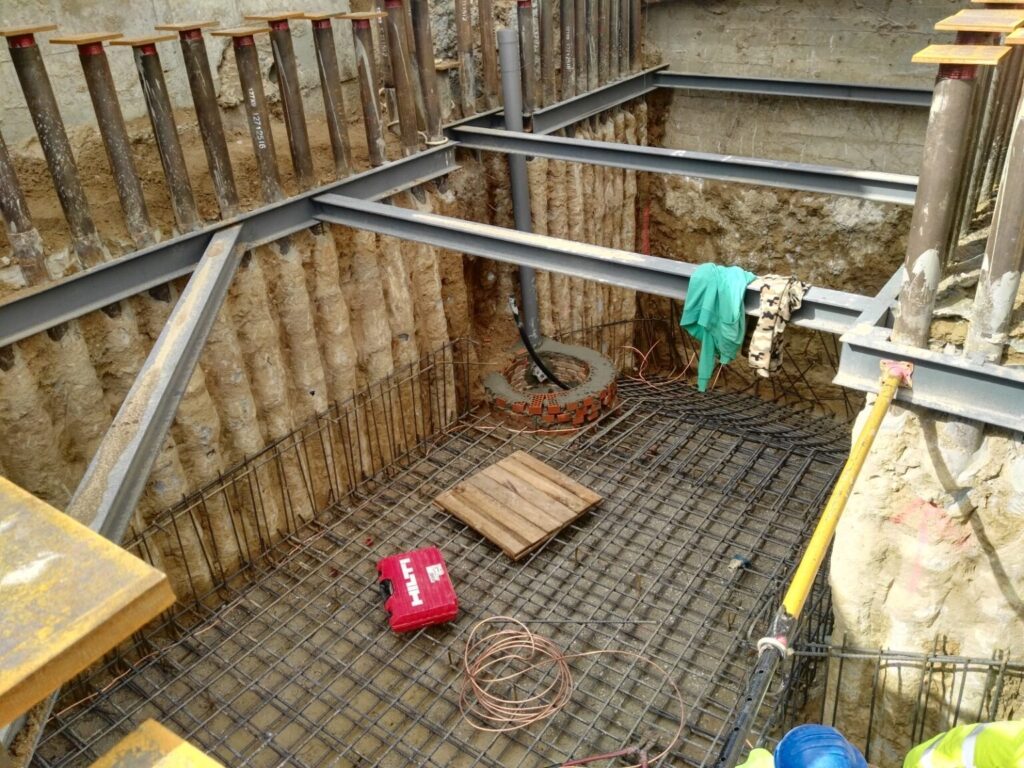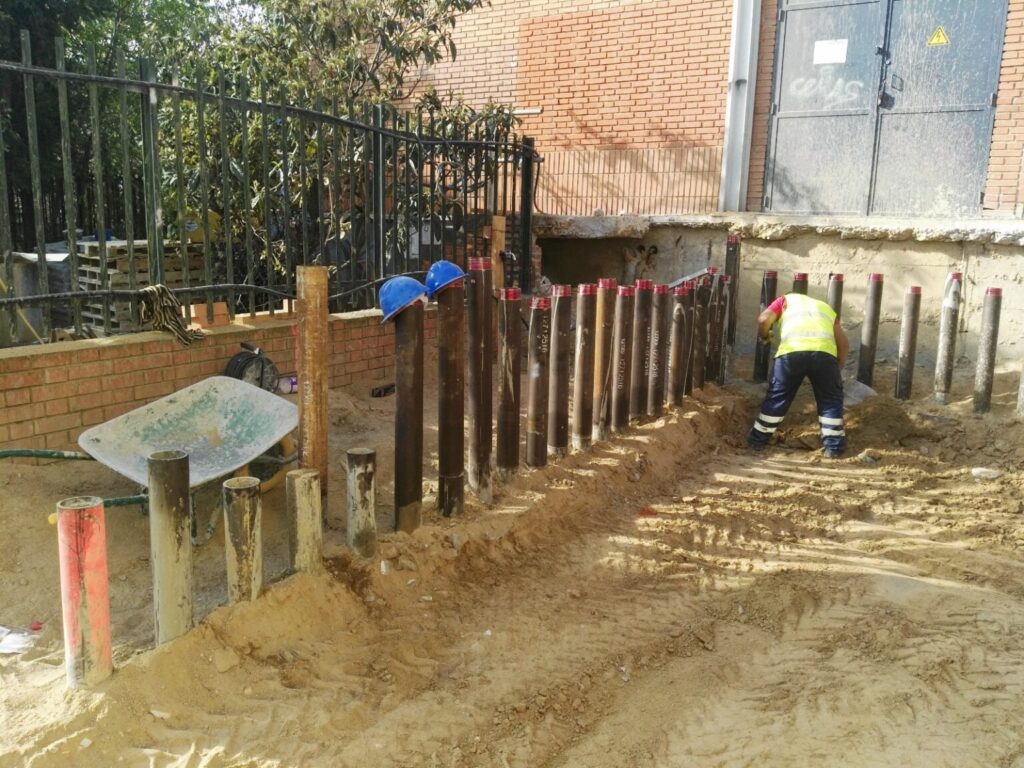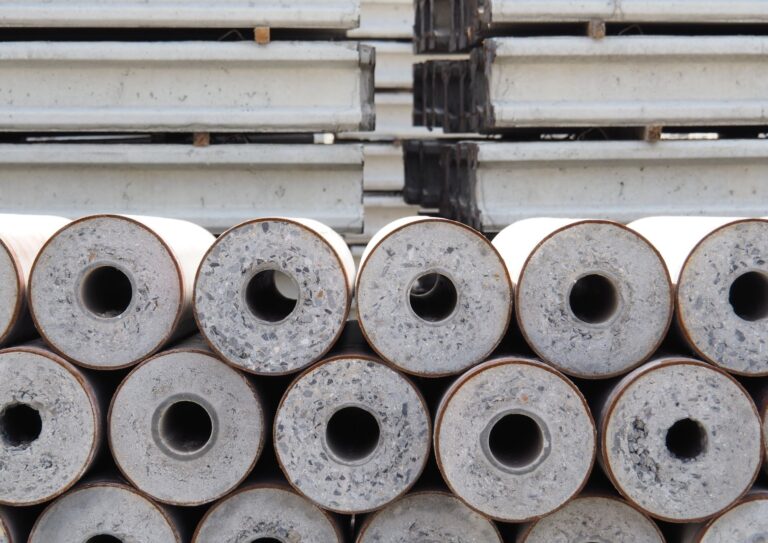Micropiles, an ideal option
In the world of construction, the stability and safety of structures are essential. The micropiles have emerged as an effective and versatile solution to address various geotechnical challenges. In this Cimentaterra blog post, we will explore in detail the use of micropiles, their applications and the reasons why they have become a preferred choice for many construction sites.

What Are Micropiles?
The micropiles They are foundation elements of reduced dimensions, generally with diameters between 150 and 220 mm. These components, also known as small piles, are designed to support structural loads in soils that have load-bearing capacity problems. Unlike conventional piles, micropiles They are thinner and can be installed in limited spaces, making them ideal for construction projects in urban areas or with restricted access.
The micropiles They consist of a frame, also called a basket, that is inserted into a hole made in the ground. This reinforcement is covered with cement grout, which helps improve lateral friction and the load capacity of the micropile. This process ensures that the micropiles can efficiently transfer structural loads from the surface to more stable soil layers.

Applications of Micropiles
Foundation Underpinning
One of the most common applications of micropiles It is the underpinning of foundations. This process is crucial when an existing structure shows signs of subsidence or instability due to soil problems. The micropiles They are installed around the affected foundation to provide additional support and stop any further ground movement. This technique is especially useful in historic buildings or structures that cannot be demolished and rebuilt.
Stabilization of Slopes and Hillsides
The micropiles They are also used to stabilize slopes and slopes that present a risk of slipping. When installing micropiles In these terrains, soil cohesion is improved and the probability of landslides is reduced. This application is vital in road, railway and other infrastructure projects located in mountainous areas or with unstable terrain.
Support in Deep Excavations
In construction projects that require deep excavations, such as the construction of basements or underground parking lots, micropiles They offer essential support. When installing micropiles At the edges of the excavation, the collapse of the ground walls is prevented, allowing the works to be carried out safely and efficiently. This technique is especially useful in urban environments, where proximity to other structures imposes significant restrictions on the workspace.

Advantages of Micropiles
Versatility and Adaptability
One of the main advantages of micropiles It is its versatility. They can be installed in a wide variety of soils, including those with low bearing capacity or those with the presence of water. Furthermore, the micropiles They are adaptable to different site conditions, allowing their use in small spaces and areas with height restrictions.
Quick and Efficient Installation
The installation of micropiles It is relatively fast and efficient compared to other foundation techniques. Thanks to its small size and the possibility of using smaller machinery, the micropiles They can be installed with minimal disruption to adjacent structures and the environment. This is especially beneficial in renovation projects or in densely populated areas.
Efectivity cost
Despite their high efficiency and performance, micropiles They are an economically viable foundation option. The reduction in costs associated with excavation and the reduced impact on existing structures contribute to the micropiles They are an attractive solution for many construction projects.
In conclusion, the micropiles They are a fundamental tool in modern construction, offering effective and versatile solutions for a variety of geotechnical challenges. At Cimentaterra, we are committed to the use of micropiles to guarantee the stability and safety of your construction projects. Contact us to learn more about how micropiles They can benefit your next project.





